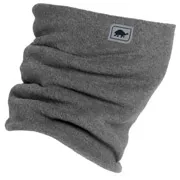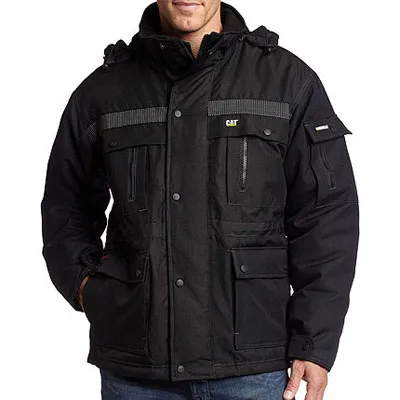 Extreme
Cold Weather Work Clothing
Extreme
Cold Weather Work Clothing
What to Wear Working Outside in
the Winter
Whether you spend part or whole days outdoors exposed to the elements, or in cold unheated covered spaces, here are some practical principles to apply to stay warm and work effectively without breaking the bank.
![]() This is the UK page |
USA
This is the UK page |
USA
![]()

Layering - The idea of layering to keep warm is frequently misunderstood to just mean lots of layers regardless, 3 cotton shirts for instance isn't really going to do the trick, they are not the best material, they will be the same size (ish) and so won't sit too comfortably on each other and give you far more washing to do! Layering is about different layers doing different jobs. To be comfortable and effective in cold conditions, a little planning and strategic buying is more effective than simply throwing more clothes on.
 Protracted
and serious cold - Thicker long underwear
is best used as part of your layering system for extreme
cold conditions rather than as a main insulation layer
with year-round clothes on top. While it introduces
extra insulation it also reduces somewhat the flexibility
of dress for changing conditions and levels of exertion
as taking off your underwear when overheating is not
a very practical solution! Synthetics or merino wool
are the better options as they wick moisture away from
the skin to outer layers and provide better insulation. Protracted
and serious cold - Thicker long underwear
is best used as part of your layering system for extreme
cold conditions rather than as a main insulation layer
with year-round clothes on top. While it introduces
extra insulation it also reduces somewhat the flexibility
of dress for changing conditions and levels of exertion
as taking off your underwear when overheating is not
a very practical solution! Synthetics or merino wool
are the better options as they wick moisture away from
the skin to outer layers and provide better insulation.Best performance for warmth, the gold standard: Men's merino | Women's merino Synthetic thermal underwear: Women's | Men's Cotton underwear - is best avoided and only recommended if required by hazard exposure to electricity or fire - Men's | Women's 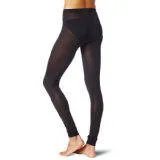 A
bit of a warm-up - a thin
extra base layer underneath your usual clothes for appearances
sake can add significant warmth and comfort. There's
also the advantage that this is a relatively cheap way
of adding further insulation and of course because it's
invisible to everyone else you don't need a whole
range of colors or styles to go with your other clothes.
Pick dark or light accordingly so as not to show through
the outer layers. A
bit of a warm-up - a thin
extra base layer underneath your usual clothes for appearances
sake can add significant warmth and comfort. There's
also the advantage that this is a relatively cheap way
of adding further insulation and of course because it's
invisible to everyone else you don't need a whole
range of colors or styles to go with your other clothes.
Pick dark or light accordingly so as not to show through
the outer layers.Foundation layer of silk - in a complimentary or contrasting color if partly visible, good insulation. Women's | Men's Merino 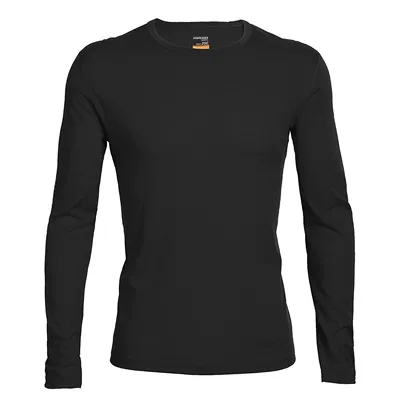 Icebreaker
Merino Long Sleeve Top Icebreaker
Merino Long Sleeve TopMen's | Women's 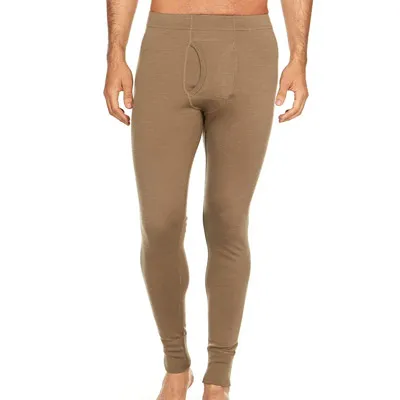 Men's
- Minus 33 Kancamagusl Midweight Base Layer
Bottoms |
Women's Men's
- Minus 33 Kancamagusl Midweight Base Layer
Bottoms |
Women's
Synthetic |
|
Mid Insulation Layers
- The main insulating layer/s, flexibility
of ventilation is important here along with the ability
to fasten everything up. The requirements for this layer vary greatly according to the job and weather conditions, as well as the actual outside temperature, periods of high exertion so generating your own heat or work that involves little exertion or hours of fairly static activity in cold conditions are important factors. If the work is outdoors, then the requirements can potentially vary significantly from one hour to the next, background temperature variations, the sun coming out, the wind getting up, rain and snow falling all mean that flexibility in dress is vital to remain comfortable at all times and keep working efficiently. Zips, collars, draw cords and the like allow for increased ventilation during exertion or for all openings to be pulled closed while at rest and/or in very cold conditions. Upper body - thick shirts, sweaters and jackets in natural materials such as wool, down and cotton (for a shirt) or synthetic materials such as fleece with a sufficient length at the back to avoid exposure of flesh during exertion. Vests or gilets are good for a moderate level of activity especially where freedom of arm movement is important, Mine is my standard wear for outdoor work in winter. Insulating garments generally aren't wind or water-proof enough on their own and you will need a shell garment as well if outside at all, you won't need it all the time, but when you do, you'll be glad you're no longer saturated or freezing trying to get by without. Winter shirts -
Men's
Women's Lower body - Thick warm trousers of lined cotton duck or heavyweight synthetic material such as polyester/cotton. Personally I have worn moleskin (a kind of cotton, named for its texture and not made from moles) trousers in both polar regions and wouldn't consider wearing anything else, for warmth, comfort and practicality they have no rival. Trousers should not be tight fitting, too close a fit will affect circulation and make you feel colder, so ditch the skinny fits until it warms up again. Moleskin trousers: Men's
|
 The
Outer or Shell Layer
- Provides direct protection from the
weather, this layer should be windproof and may be waterproof.
It could be simply a "shell" with no additional
insulation or it may have insulation built in, hoods
on jackets are always useful. The
Outer or Shell Layer
- Provides direct protection from the
weather, this layer should be windproof and may be waterproof.
It could be simply a "shell" with no additional
insulation or it may have insulation built in, hoods
on jackets are always useful.If the cold is not so extreme, or if you wear extra layers when it is very cold, an uninsulated shell is a good choice as it can be worn year-round and as a wind and waterproof in the warmer months too. Being static for any length of time in extreme cold however means that you'll need the shell layer to be insulated. Waterproof isn't always essential if snow rather than rain is going to fall. Like the insulating layer/s the outer layer should have features such as draw-cords and cuffs that can close over the tops of gloves to prevent warm air being pumped out with movement. There are many modern materials for the outer shell layer, many of which are very tough and resilient to abrasion. Alternatives
 Caterpillar Men's Insulated Parka
Caterpillar Men's Insulated ParkaTough outer, synthetic insulation 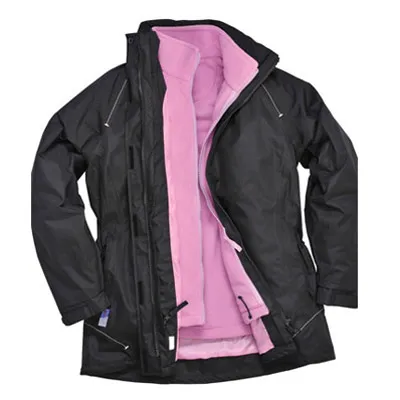 Portwest 3-in-1 Jacket - women's |
men's
Portwest 3-in-1 Jacket - women's |
men'sTough waterproof outer, fleece inner 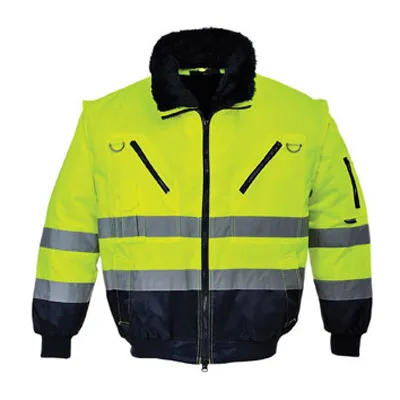 Portwest Hi-Vis 3-in-1 Pilot Jacket
Portwest Hi-Vis 3-in-1 Pilot JacketRemovable sleeves, fur liner and fur collar 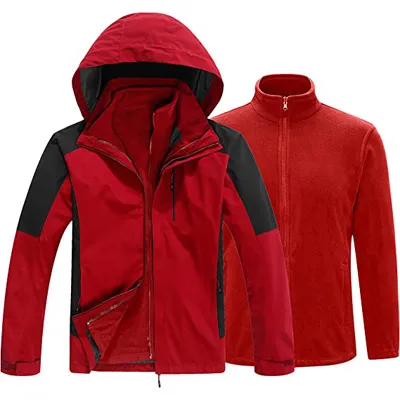 Men's 3 in 1 Jacket Fleece Waterproof
Men's 3 in 1 Jacket Fleece WaterproofThermally Lined Jacket |
|
Protect the Extremities- Head, Hands and Feet not forgetting in between bits like ankles, wrists and neck. Head "When your feet are cold, cover your head" - Inuit saying When fully dressed in the winter, the head is the largest uncovered part of the body, often uncovered even when going out in the cold, so putting on a hat is the first step to make a big difference to keep warm. The effect isn't as immediately apparent as putting on a coat so it doesn't feel such an obvious thing to do (unless you have cold ears!). The other good thing about a hat is it's as easy to take off again if you start to get too warm. A hat allows more freedom of movement and vision than a hood, so have one as well, use the hood too for extra quick insulation.  Fleece beanies Tight weave, thinner and lighter than other synthetics 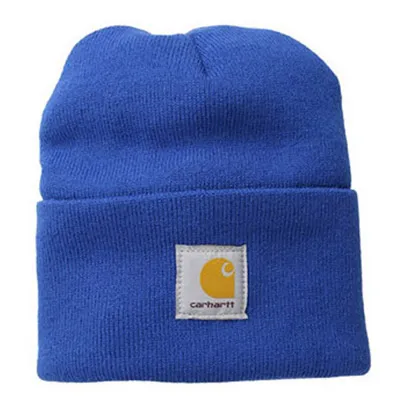 Acrylic hats Lots of variety and generally inexpensive 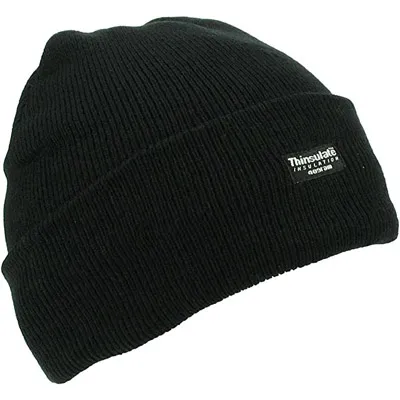 Thinsulate Effective and warmer than acrylic for a similar price, though not so hard wearing  Balaclavas Hat, full face, neck gaiter, versatile affordable garments for cold protection Hands Hands can get very cold very quickly,
fingers have a high surface area compared to their volume
which means they lose heat readily while generating
and retaining heat poorly. Particular attention should
be paid to keeping them warm, they don't need to
get very cold before manual dexterity suffers which
could impact whatever it is you're doing.
Sensor gloves allow you use your touchscreen
device without taking the gloves off, so keeping you
warmer and allowing you to get that call for the next
job all the quicker.
Feet Insulation from the cold ground is as important as insulation from the cold air
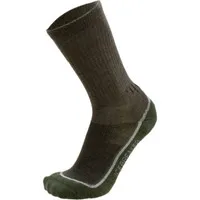 One
or two pairs of thick insulating socks, wool
provides the best insulation, make sure they are predominantly
wool and preferably merino wool, a smaller
amount of synthetic material such as nylon or polyester
helps durability, some stretchy material like elastane
gives a snug fit and prevents them from falling down. One
or two pairs of thick insulating socks, wool
provides the best insulation, make sure they are predominantly
wool and preferably merino wool, a smaller
amount of synthetic material such as nylon or polyester
helps durability, some stretchy material like elastane
gives a snug fit and prevents them from falling down.Don't be tempted to wear too many pairs of socks and make your boots too tight, if you squash out most of the air, you will have lost the main insulator and they won't be so warm. Start with a thin inner pair, then a thick wool pair inside insulated footwear with an extra thermal insole if the boot sole lacks this. Thermal socks; Men and Women's Boots: Boots are better for cold weather than shoes as they span the ankles so reducing heat loss at a thinly insulated region. Thick insulated soles are as important as insulated uppers as a lot of heat can be lost through the only part of our body with which we contact the frigid ground. Work boots for cold conditions: Men's Women's 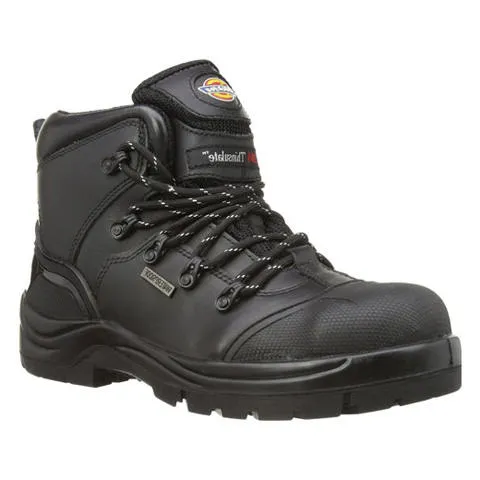 Dickies Men's Talpa S3 Safety Boots Steel Toe, water resistant, insulated 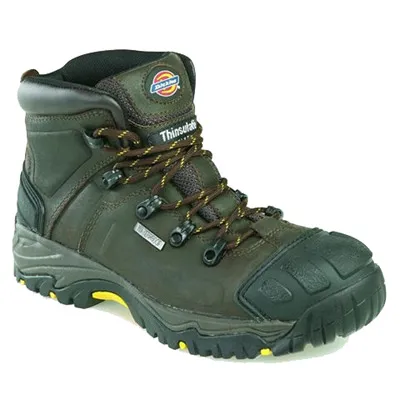 Dickies Medway Super Safety Boot Steel toe, steel midsole for underfoot protection. Waterproof membrane, insulate The Neck
A neck gaiter is a neater version of a scarf, a tube
of stretchy insulating material than can be worn like
a scarf or pulled up over the lower part of the face
like the bottom part of a balaclava. |

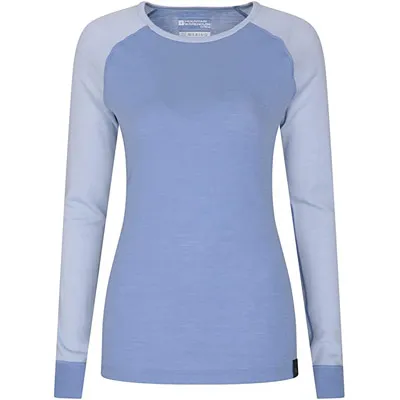 Mountain
Warehouse Merino Top - Lightweight
Mountain
Warehouse Merino Top - Lightweight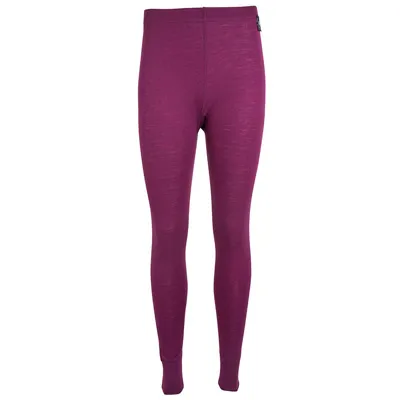 Mountain
Warehouse Pants - Lightweight
Mountain
Warehouse Pants - Lightweight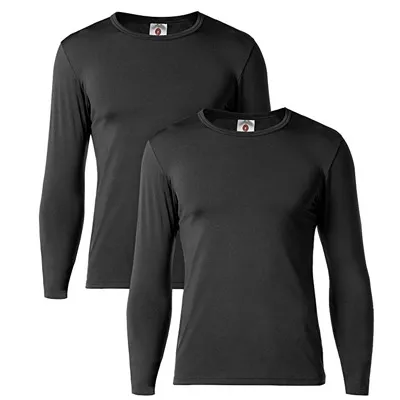 Men's
- LAPASA 2 Pack & 1 Pack Thermal Tops Lightweight,
Fleece
Men's
- LAPASA 2 Pack & 1 Pack Thermal Tops Lightweight,
Fleece Heatwave Pack of 2 Men's Thermal Long Johns,
Baselayer. Men's
Heatwave Pack of 2 Men's Thermal Long Johns,
Baselayer. Men's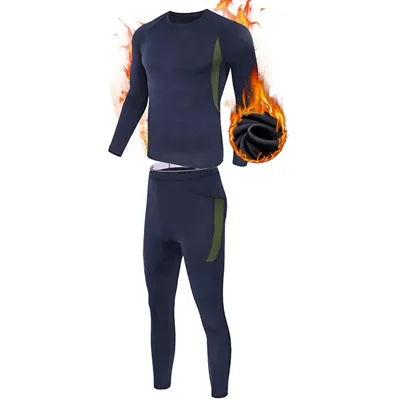 Men's
- MEETYOO Thermal Underwear Set
Men's
- MEETYOO Thermal Underwear Set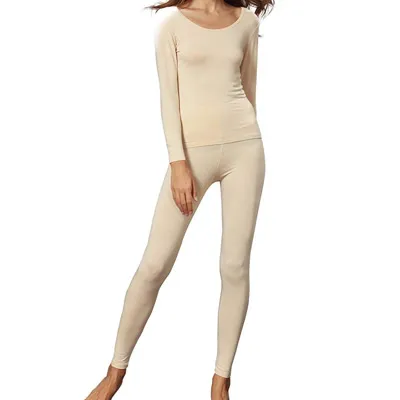 Women's
- Scoop Neck Top & Bottom Ultra Thin Thermal
Set
Women's
- Scoop Neck Top & Bottom Ultra Thin Thermal
Set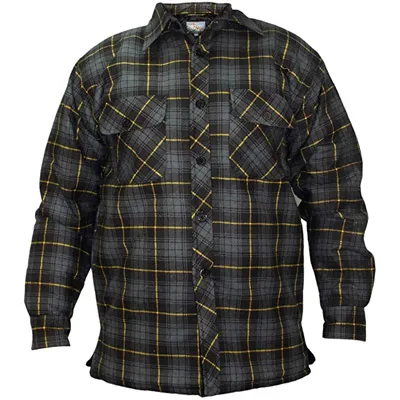 Men's - Padded Quilted Lined Flannel Winter
Work Shirt
Men's - Padded Quilted Lined Flannel Winter
Work Shirt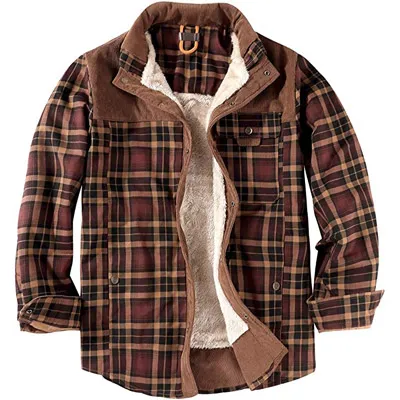 Men's - Padded Lumberjack Flannel Fur Lined
Shirt Jacket
Men's - Padded Lumberjack Flannel Fur Lined
Shirt Jacket 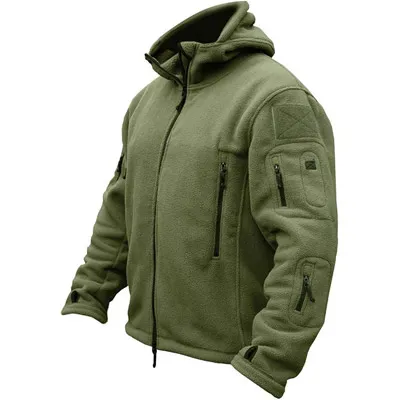 Men's - TACVASEN Windproof Fleece Combat
Jacket Hoody
Men's - TACVASEN Windproof Fleece Combat
Jacket Hoody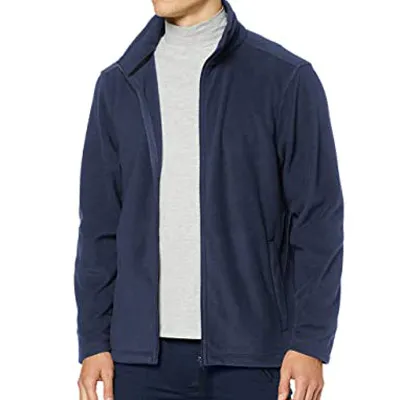 Men's - Regatta Micro Full Zip Fleece Jacket
Men's - Regatta Micro Full Zip Fleece Jacket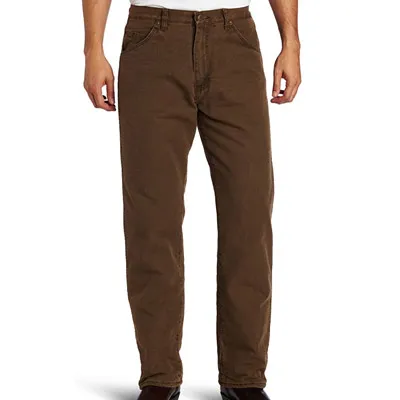 Wrangler Rugged Wear Men's Woodland Thermal
Jean
Wrangler Rugged Wear Men's Woodland Thermal
Jean Wrangler Authentics Men's Fleece Lined Carpenter
Pant
Wrangler Authentics Men's Fleece Lined Carpenter
Pant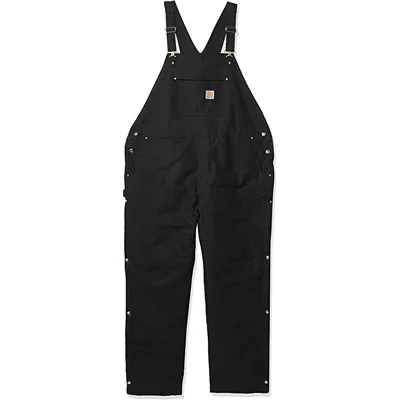 Carhartt Men's Loose Fit Firm Duck Insulated
Bib Overall
Carhartt Men's Loose Fit Firm Duck Insulated
Bib Overall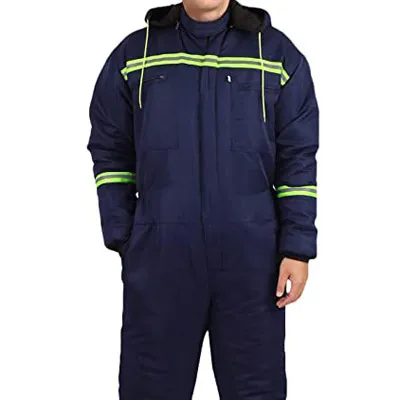 Men's - Hard Wearing Quilted Mechanics Boiler
Suit with Reflective Tape
Men's - Hard Wearing Quilted Mechanics Boiler
Suit with Reflective Tape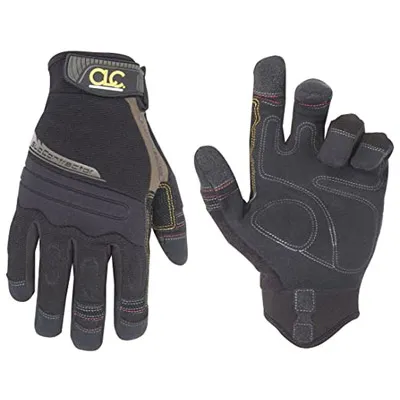

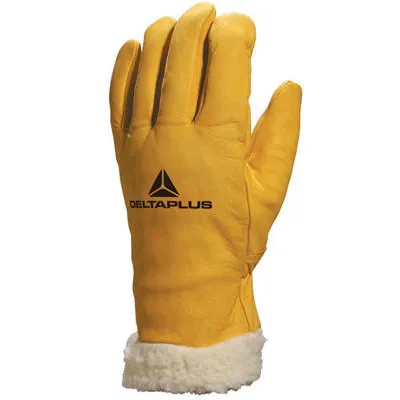
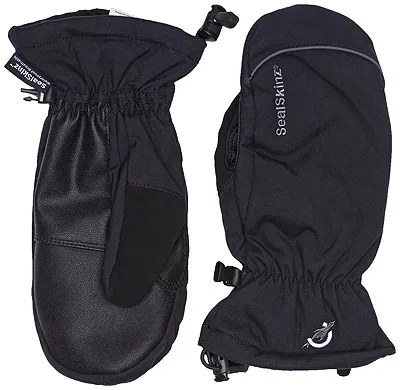
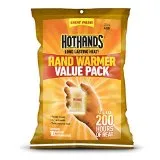 Hand
warmers
Hand
warmers Thermal
insoles
Thermal
insoles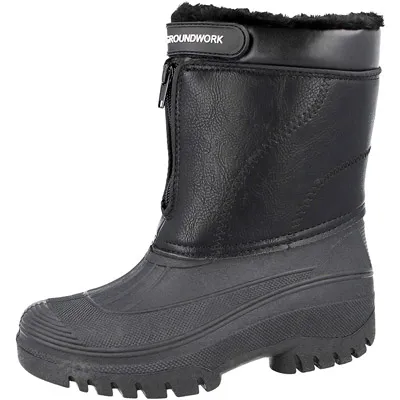
 GroundWork
Women's Mukker Stable Yard Winter Snow Lace
Up Boots
GroundWork
Women's Mukker Stable Yard Winter Snow Lace
Up Boots